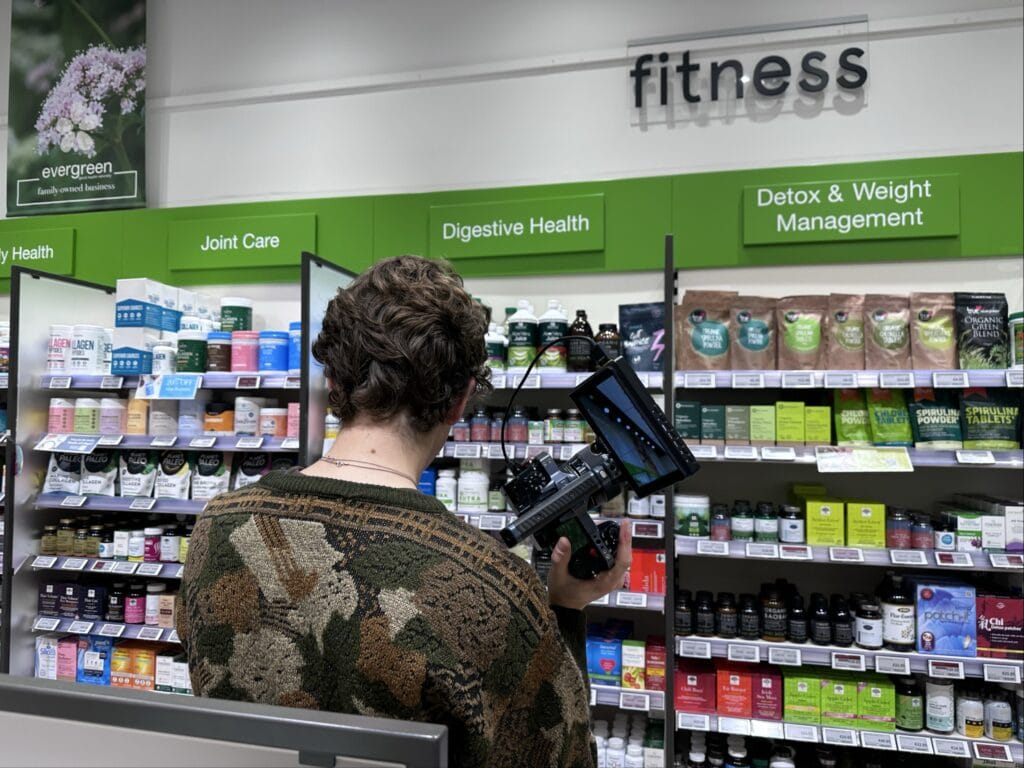
From awareness to action:
Making compliance training
that actually changes behaviour
Most compliance training is built to inform, but information alone doesn’t drive behaviour change. Too often, people remember the rules just long enough to complete the course, then go back to old habits. If we want employees to act differently, not just know better, we need to shift from ticking boxes to designing learning that truly sticks.
Failing to make an impact
Despite the time and resources organisations pour into compliance training, much of it fails to land where it matters—real-world decisions. People may pass the quiz, but can they deal with an ethical dilemma or high-pressure situation the next day, week, or month? Think about compliance training at your organisation. Can people quickly and easily apply what they’ve learnt in the training to real world situations they will personally face? Or is there a gap between awareness and action? If so, your company culture, reputation, and performance may be at risk.
A different approach
Too often, compliance training is built to inform rather than transform, leaving learners with facts, but no real tools to apply them. At Mindboost Learning, we take a different approach. Instead of overwhelming people with information, we focus on how behaviour actually changes.






